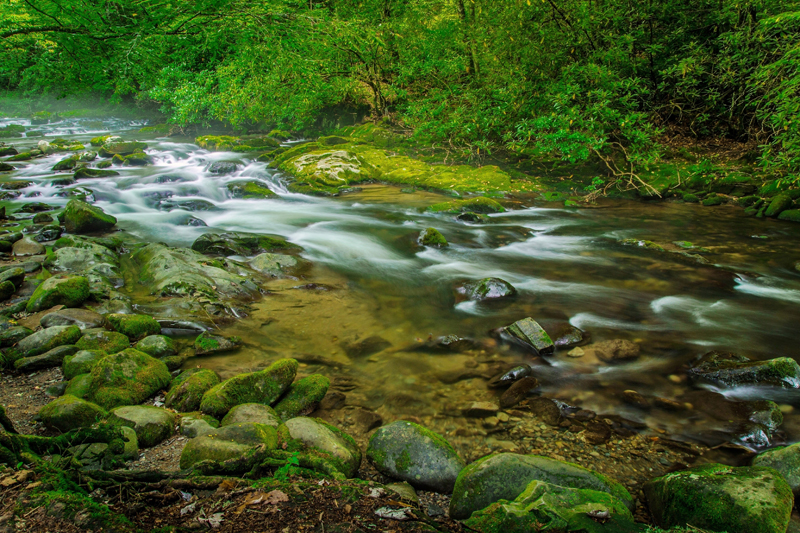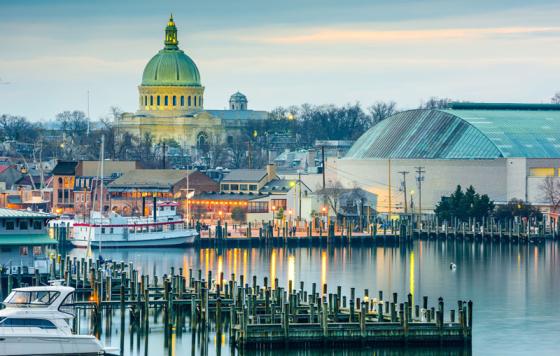
I’ve been working on the question of what water should be protected by the Clean Water Act for 19 years. Polluters and their allies in Congress have been trying to remove some water bodies from the Act’s jurisdiction for just as long, so you would think I ran out of outrage a long time ago. But no. Over the last few months we’ve learned just how truly outrageous a threat the Trump administration’s Navigable Waters Protection Rule, also known as the Dirty Water Rule, is to the water we rely on for drinking, for fishing, for making everything, for wildlife habitat, and for preventing flooding. To name just a few. When we call our water resources “precious” and “vital”, it is not just rhetorical flourish. Not that that mattered to the Trump administration or their polluter allies.
The Biden administration committed to reviewing the Navigable Waters Protection Rule, and it is beginning to follow through on that promise. Here’s what the U.S. Environmental Protection Agency (EPA) and the Army Corps of Engineers said when they reviewed the policy:
Ephemeral streams, wetlands that do not meet the NWPR’s revised adjacency criteria, and other aquatic resources not protected by the NWPR provide numerous ecosystem services, and the absence of protections for such resources could cause cascading, cumulative, and substantial downstream effects, including but not limited to effects on water supplies, water quality, flooding, drought, erosion, and habitat integrity. These substantial effects on the chemical, physical, and biological integrity of the nation’s waters were inadequately considered during the NWPR rulemaking process.1
This is a truly frightening finding. Amidst elevated understanding that we need to invest in and upgrade our drinking water systems, and with ongoing concerns about numerous contamination challenges and supply chain disruptions, it is almost unfathomable that we left our drinking water sources so vulnerable to “cascading, cumulative, and substantial downstream effects…”
We have begun a new chapter in this story. We have to make sure the Biden administration settles the question of the “definition of waters of the United States” for the purpose of the Clean Water Act that can stand the test of time and challenges from polluters.
EPA has started the process to revisit the definition. The Agency held "listening sessions" and our National Water Programs Director Jennifer Peters spoke at one in late August 2021. You can read about it here.
On August 30, a federal judge vacated the Trump administration’s Navigable Waters Protection Rule in response to a suit brought by Earthjustice and six Federally-recognized Indian Tribes. Here is our statement on that welcome decision,
The streams and wetlands and the bodies of water at issue in this debate are vital parts of our nation’s water infrastructure. That’s not just a talking point. Wetlands can filter out pollution with amazing results -- they are nature’s own treatment plants! Streams and wetlands help prevent flooding, a feature not to be taken lightly given increasing strength of hurricanes like Ida that just battered the Gulf coast and the Northeast. It’s time to protect this infrastructure with renewed commitment so that in 2022 we can celebrate the 50th anniversary of the Clean Water Act with a definition of “Waters of the U.S.” that lives up to the goals of this landmark law.
1. U.S. Environmental Protection Agency and U.S. Army Corps of Engineers, Memorandum for the Record, Review of U.S. Army Corps of Engineers ORM2 Permit and Jurisdictional Determination Data to Assess Effects of the Navigable Waters Protection Rule, June 8 2021


